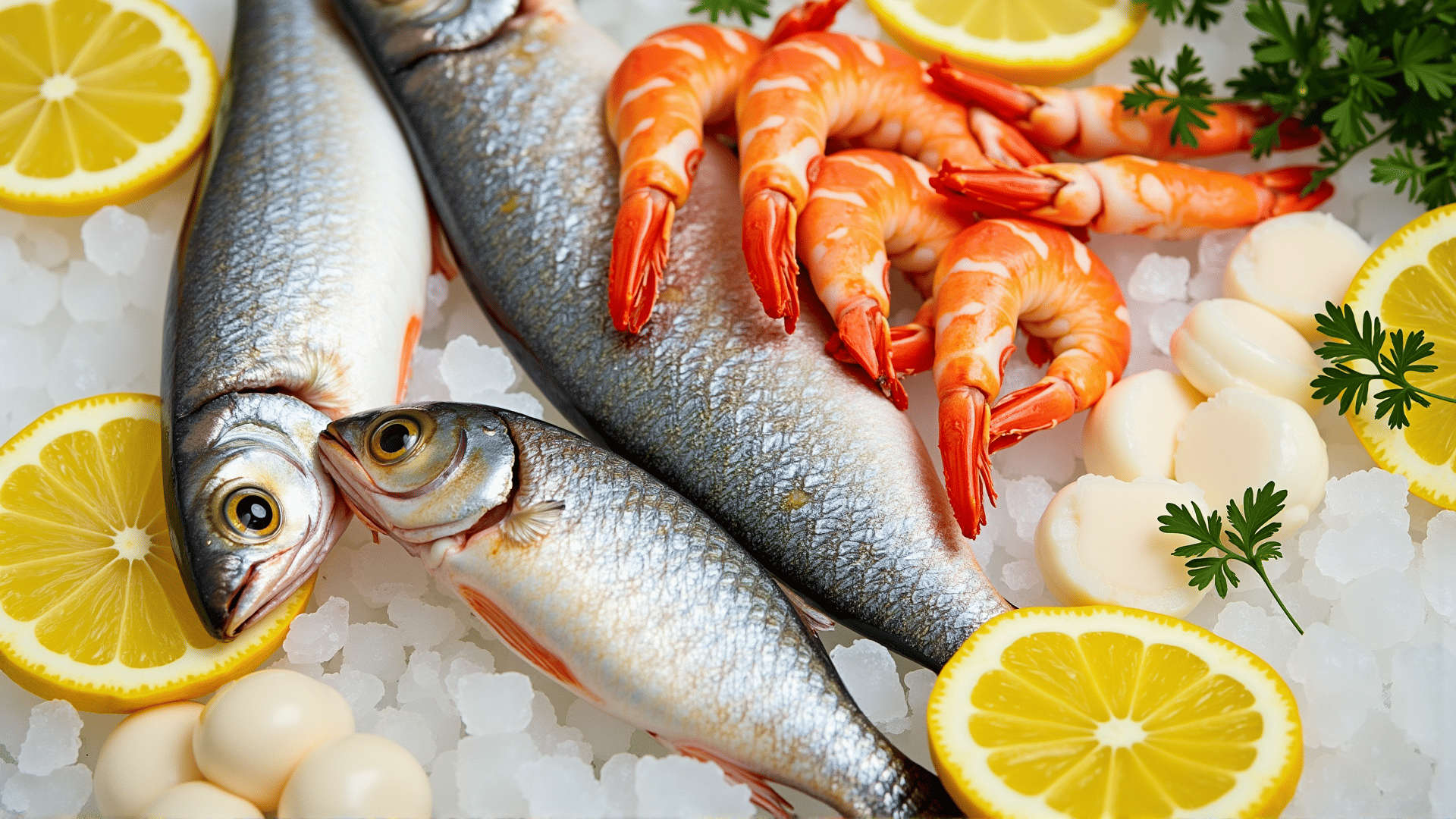Navigating the world of seafood can often feel overwhelming, especially when trying to make choices that benefit our oceans. Yet, with the increasing concerns over the depletion of marine resources and the environmental impact of fishing, it has become more important than ever to choose sustainable seafood. Understanding how our choices affect marine ecosystems is the first step toward making a positive impact.
Understanding Sustainability in Seafood
Sustainable seafood refers to fish or shellfish that are caught or farmed in ways that consider the long-term vitality of marine species and maintain the health of the ocean ecosystem. This involves employing practices that ensure species are caught at a rate where their populations can naturally replenish, using methods that reduce bycatch, and considering the environmental impact on habitats.
The Challenges Facing Our Oceans
The challenges our oceans face are numerous. Overfishing has drastically reduced the populations of many species, and certain fishing practices cause significant damage to marine ecosystems. Bottom trawling, for instance, not only collects unwanted bycatch but also destroys habitats on the seafloor. Moreover, some aquaculture practices can lead to habitat destruction, pollution, and interbreeding with wild populations. By choosing sustainable seafood, consumers can help mitigate these negative effects.
How to Choose Sustainable Seafood
-
Educate Yourself on Labels and Certifications: Look for eco-labels such as the Marine Stewardship Council (MSC) or Aquaculture Stewardship Council (ASC). These certifications ensure that the seafood products have been sourced sustainably.
-
Use Seafood Guides: Several organizations like the Monterey Bay Aquarium’s Seafood Watch offer extensive guides and mobile apps to help you make informed decisions. They provide updated information on the sustainability of different species.
-
Know Where Your Seafood Comes From: Traceability is key to sustainability. Purchase from vendors and restaurants that provide information on where and how the seafood was sourced.
-
Choose Local and Seasonal: Locally sourced seafood generally has a lower carbon footprint compared to imported varieties. Additionally, eating species that are in season often supports the natural life cycles of marine ecosystems.
-
Diversify Your Seafood Selection: Favoring only a few species, like shrimp or salmon, puts pressure on those populations. Broadening your palate to include a variety of less popular or underutilized species can reduce the demand on overfished species.
Supporting Policy and Innovation
Beyond personal choices, supporting innovations and policies aimed at sustainable fishing and aquaculture can magnify your impact. Advocate for better management of fisheries and stronger regulations to protect sensitive areas. Support businesses that invest in technology and practices that reduce environmental impact and enhance fish stock management.
Conclusion
Choosing sustainable seafood is a crucial stride towards preserving the health of our oceans. By making informed decisions, supporting sustainable practices, and diversifying your seafood choices, you can play a vital role in protecting marine ecosystems for future generations. Every responsible choice contributes to a more balanced and sustainable relationship with our precious ocean resources.
